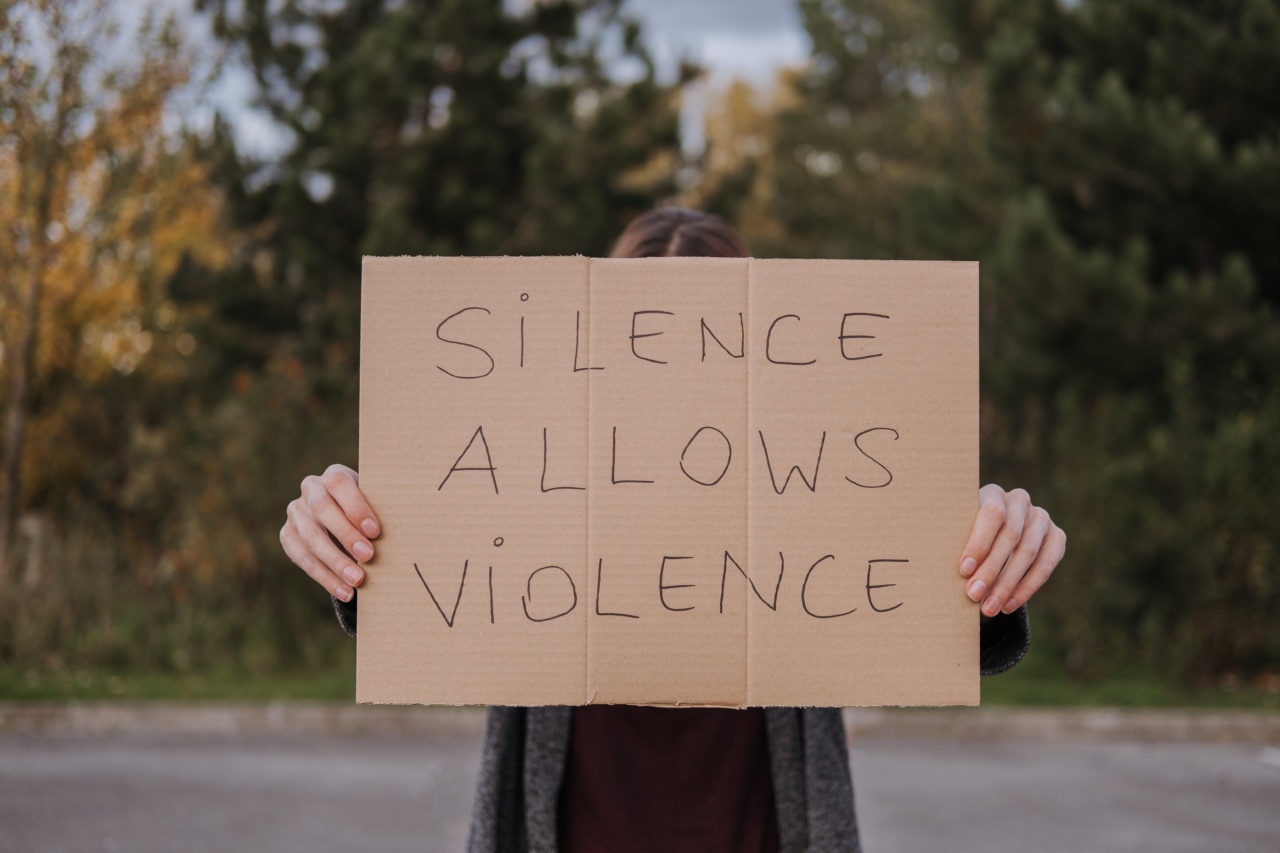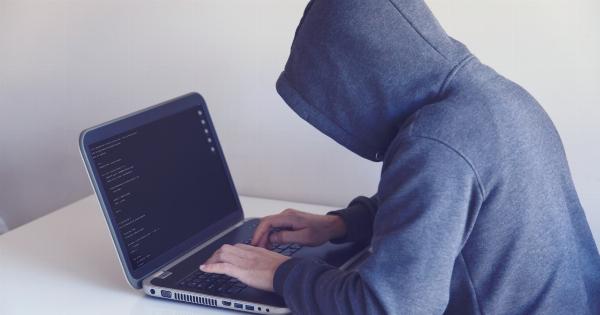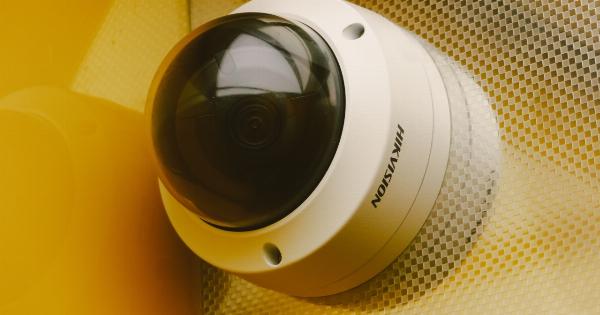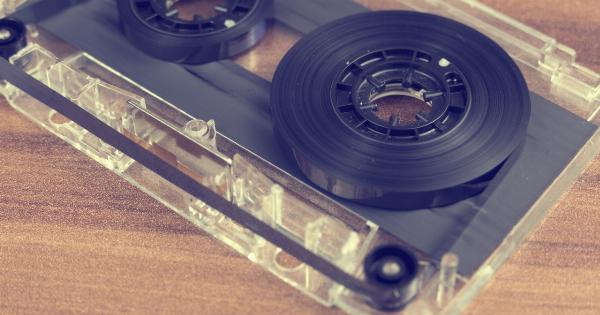Photos are precious memories that we capture to cherish forever. In this digital age, we take photos quite often and store them on our smartphones, laptops, or cloud storage. Unfortunately, these photos are not always safe.
Hackers or data breaches can lead to photos being lost, stolen, or sold on the dark web. In this article, we will examine the risks associated with photo protection and discuss the best solutions to keep your photos safe and secure.
What are the risks?
There are numerous risks associated with photo protection that one should be aware of, including:.
Data breaches
Data breaches have increased in the digital age. The collected data from the hacker can be used further to commit various cyber crimes. Photos can be stolen and used for a range of sinister purposes, the most heinous being blackmail and extortion.
In some cases, the culprit may even extort money from the victim in exchange for not releasing sensitive photos.
Accidental deletion or loss
Even with advanced technology, one can mistakenly or deliberately delete all their photos. In addition to that, hardware malfunctions, theft, or damage can cause irreversible loss of photos.
All these scenarios can lead to the loss of your cherished photos, videos, or files. Losing photos can be an emotional burden and losing them in the digital age is not an exception.
Unauthorized access
Photos taken by smartphones, emailing, or cloud storage is common to hackers. Getting unauthorized access to a photo or video is a severe cybercrime.
The photographs might be damaged or used as per the culprit’s will or could be blackmailed into leaking the photos to social media sites or channels, causing extensive damage to your reputation, personal and professional life.
Inappropriate usage
Personal photos are at high risk for being misused or uploaded to inappropriate websites or social media. Photos of children and family could be uploaded to pedophile sites, which could lead to endangering the safety of the family.
Photos could also be used without permission for business or marketing journalism without author permission resulting in copyright infringement.
Solutions for photo protection:
Fortunately, there are solutions to protect your photos. We have listed some of the best ways to protect your photos below:.
Cloud backup
Cloud backups are excellent for keeping multiple copies of pictures, videos, and personal data. The pictures are stored on a remote server, and users have flexible access to them.
Some of the popular cloud service providers are iCloud, Google, and Dropbox. However, it’s important to remember that cloud backup doesn’t offer complete protection from hackers, and it’s better to use another protection method in tandem with cloud storage.
Encryption
Encryption is the best method for hiding files from unauthorized users. There are multiple popular software applications available for encrypting files and folders.
For example, VeraCrypt is a popular encryption software that protects the files from the prying eyes of unauthorized people.
Offline backup
Offline backup is the best method to protect data from data breaches or hacking through the internet. Offline backup is ideal for keeping photos safe from servers that could be compromised.
It’s important to consider keeping one backup file offsite in case of disasters such as fire, flood, or theft.
Password-protected folder
Password protection is an excellent way to protect your files from unauthorized access. Most of the operating systems have a feature of the password-protected folder, enabling the user to keep all photos and videos in a folder safe from hacking.
One can limit access to all the files with a password that only authorized users can use.
Anti-virus software
To protect your photos from malware infections, it’s crucial to install anti-virus software into the computer or smartphone. The software serves as a firewall, preventing file alterations from unknown sources.
Free protection services such as Avast or Windows Defender are available on most operating systems.
Conclusion
In conclusion, photo protection is necessary to safeguard your precious photos, videos, and data from cybercrime threats such as hacking, data breaches, or accidental deletion.
Hence, instead of relying on a single method, it is better to use several protection methods in tandem with one another for greater security.





























